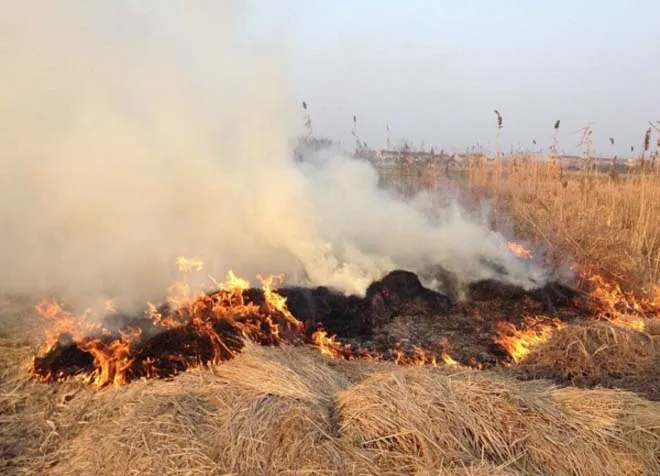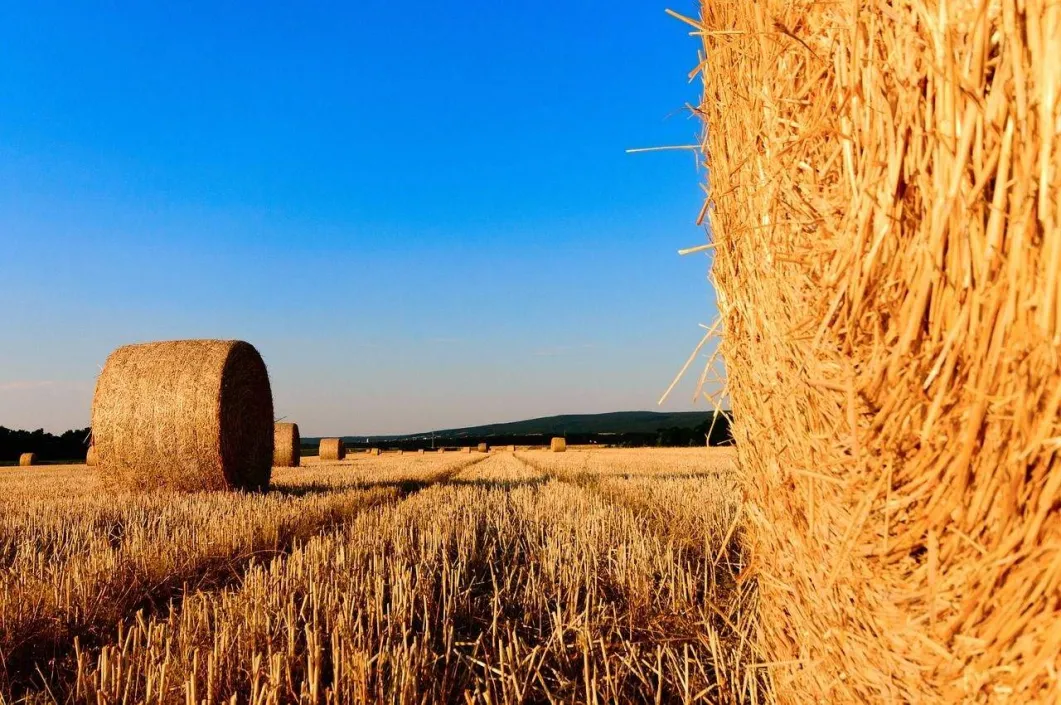In modern society, with the large-scale application of agricultural mechanization and the improvement of farmers' living standards, straw has become a bulk waste derived from the agricultural production process and is discarded in the field or burned on the spot. Crop straw, that is, crop residues with high fiber content left after seed harvest, generally have corn straw, soybean straw, wheat straw, etc., in the past for a long time, farmers tend to burn straw, but straw incineration treatment will cause serious pollution and carbon emissions and other problems.

China is a big agricultural country, crop straw resources are very rich, play an important role in agricultural production. The Ministry of Agriculture and Rural Affairs proposed to the comprehensive utilization of straw, adhere to the priority of agricultural use in 2022, take multiple measures at the same time, and focus on fertilizer and energy to ensure that the comprehensive utilization rate of straw in the country is stable at more than 86%. Crop straw is rich in nitrogen, phosphorus, potassium, calcium, magnesium and organic matter, and is a valuable biomass energy resource in agro-ecosystem.
There are many ways to use crop straw comprehensively. It is a good way to return straw to the field as fertilizer. Because straw can produce a lot of organic matter, for the perennial planting of crops in the soil, can make the soil fertile, increase the soil organic matter and trace elements, change the physical and chemical structure of the soil, is conducive to the growth of crops, increase the income of farmers.
At the same time, the manure of livestock and poultry is also a natural fertilizer rich in organic matter, so that the straw can be combined with the manure of livestock and poultry to ferment into organic fertilizer, that is, the organic waste resource utilization, forming a cycle of soil organic matter promotion. Moreover, it also has a great role in promoting the nutrition and healthy growth of crops, which can effectively improve the agricultural production environment and realize the green and organic development of agriculture.

What are the main ways of straw utilization?
1, straw burning return to the field
Plant ash after burning straw is applied to the soil.
Advantages: Calcium, potassium and other elements after incineration can be quickly absorbed and utilized by crops; Can burn straw mixed with grass seeds, eggs, pathogens and other harmful substances.
Disadvantages: A large number of nutrients are released into gas during combustion, resulting in a serious waste of resources; Straw burning produces a lot of waste gas and dust, which seriously pollutes the air, destroys the environment and endangers human health. Improper operation can easily cause fire. At present, in order to prevent environmental and atmospheric pollution, the state strictly prohibits straw burning to return to the field.
2, straw mulch return to the field
The straw is crushed and covered on the surface of the soil.
Advantages: simple and convenient operation, decomposition can produce a lot of nutrients; It can reduce soil moisture loss and ensure soil moisture content.
Disadvantages: straw mulch on the surface is not conducive to sowing and irrigation, which brings trouble to farming; The decomposition rate of straw is slow, which affects the rooting and germination of crops. Straw mixed with grass seeds, eggs, pathogens are easy to induce diseases and insect pests.
3, straw turned back to the field
The straw is crushed and then tilled into the soil.
Advantages: the nutrients in the straw are completely retained and the soil organic matter is supplemented; Now the use of large machinery operation, you can harvest grain, cut and crush straw, straw from the field tillage, reduce manpower, improve production efficiency.
Disadvantages: too large or too much straw is easy to cause the soil gap is too large, which is not conducive to seed rooting, and easy to cause crops to take root; The decomposition rate of straw is slow, which affects the rooting and germination of crops. Straw mixed with grass seeds, eggs, pathogens are easy to induce diseases and insect pests
Straw utilization of new technology
High temperature aerobic fermentation compost. High temperature aerobic fermentation composting is also a measure to transform straw. As a good auxiliary material for organic fertilizer fermentation, straw can be mixed with pig manure, chicken manure, sheep manure, cow manure and other kinds of livestock and poultry manure according to the corresponding proportion, and then fermented by NCS intelligent molecular membrane fermentation equipment, which adopts high temperature aerobic fermentation mode to fully decompose organic matter in straw. Through the process of decomposition, the eggs, pathogens and grass seeds in the straw can be completely killed, reducing the occurrence of diseases, and can be fermented into organic fertilizer after 20-25 days. This fermentation mode has the advantages of low operating cost, labor saving and complete nutrient and pollution-free organic fertilizer. This way is a good model for the virtuous cycle of ecological agriculture.


 400-805-3612
400-805-3612
 sinoocean2010@163.com
sinoocean2010@163.com
 No. 36 Jinshui Road, Laoshan, Qingdao City
No. 36 Jinshui Road, Laoshan, Qingdao City



Copyright © 2023-2024 Qingdao Zhonghai Environmental Engineering Co., Ltd. Record number:鲁ICP备20013595号